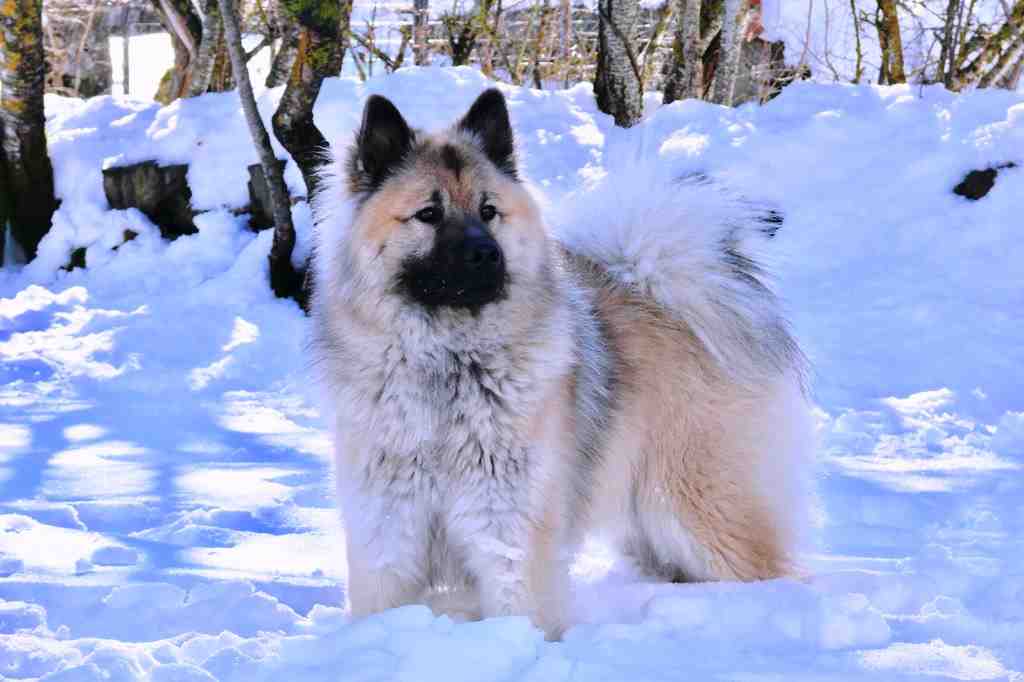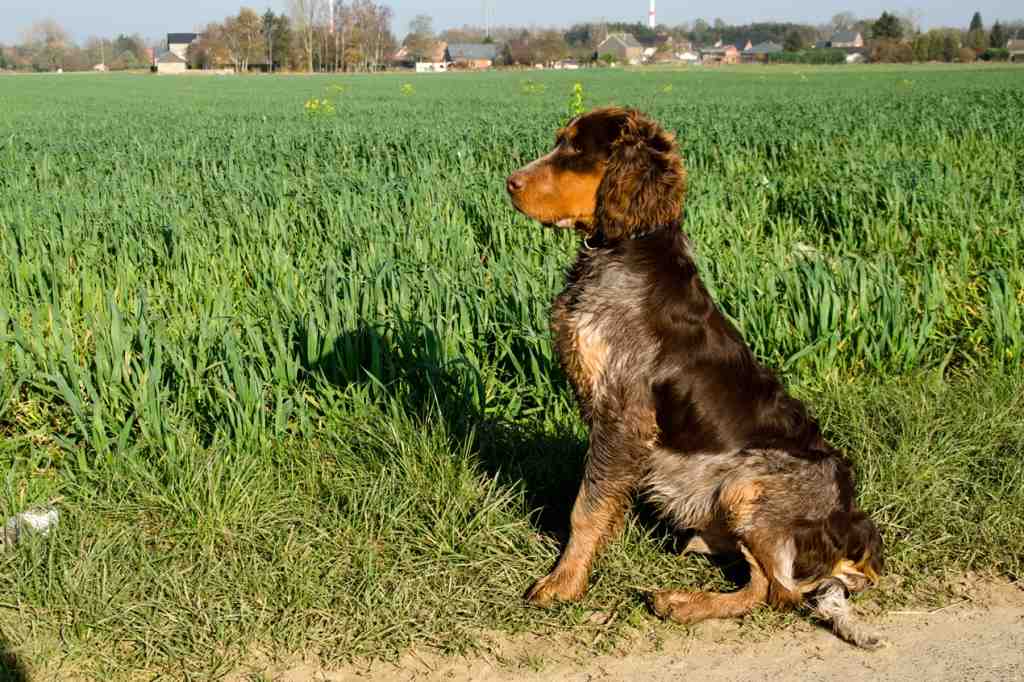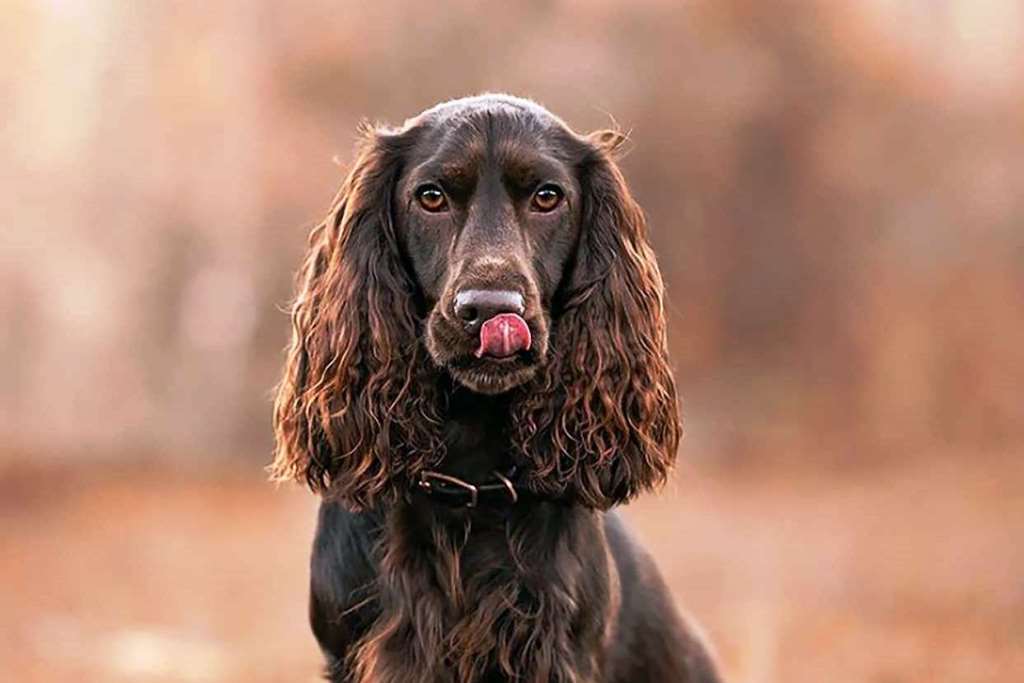The origin of the Eurasier dog breed is very recent. We are in the 1960s, and an attempt was made to create a now extinct and very old dog breed, the laika of nenets. This was an ancient Russian dog that was the result of a cross between a German spitz and a chow chow and lived in the wild at the time. This selection was the brainchild of Prof. Konrad Lorenz, the Nobel Prize winner, the father of ethology, the discoverer of imprinting, the author of so many sacred texts on which all the world’s dog lovers have studied and researched. The credit for the hard work of selection to arrive at the modern standard goes in equal measure to the German cynophile Julius Wipfel and Mrs. Charlotte Baldamus, who started the first selections, working for the fixity of both genetic and behavioural traits.
The Samoyed was added to the cross between the German Spitz and the Chow Chow and the Eurasier took the best characteristics of all three breeds: from the Wolfspitz the attentive watchfulness, without ever barking unnecessarily, the reservedness without shyness of the Chow Chow and from the Samoyed the extreme loyalty towards its family, with which it establishes a very great emotional relationship and is an adorable companion.
In 1973, the Eurasier was recognised by the FCI and is widespread in Germany, Austria, Belgium, Holland, Switzerland and Spain but in a very limited way and is practically unknown, except by dog lovers. Yet it would be ideal for those who love the look of the chow chow but would like a more affectionate and more easily trainable dog.
The breed was selected in a very scientific way, with the collaboration of the University of Göttingen (which took care of the genetic part) and the Max Planck Insitute in Heidelberg for the behavioural part.
Character of the Eurasier dog breed
This dog was created as a companion and family dog and it must be said that it fulfils these tasks very well. Its character is calm, very well balanced, never moody or capricious, always alert and vigilant. When he is a puppy he is very cheerful and playful, becoming an adult he acquires a certain reserve, but he is never unsociable. With his owner and his family he is always affectionate, constantly in need of human contact; he is therefore not a dog to be relegated to the garden, but is happy when he is the centre of attention, involved in all family and daily activities.
Because of his constant need for human contact, his high level of intelligence means that he is a very intuitive dog, it almost seems as if he has the ability to read minds; in fact within the family he is generally very calm at home, especially with children for whom he has a special attraction and care. Not being an unpredictable dog, but alert and attentive, he is excellent with children.
With strangers, however, he is reserved, which makes the Eurasier a good guard dog. It only barks in cases of real need. With people he often sees in the house, he takes a while, but then quietly accepts their presence and also their displays of affection.
It has virtually no instinct for hunting, so it is a good choice for families with other smaller animals. It needs good socialisation as a puppy for male dogs, towards which it tends to be a little aggressive at times; this does not happen with females and other animals such as cats or rabbits, with which it cohabits peacefully. The same discourse also applies to a female specimen.
He loves physical activity, likes agility, long walks, he also likes swimming and snow, which because of his thick coat does not bother him at all, all this as long as he can share it with his beloved owner. He is a very curious dog, and always knows how to behave in the various situations that come his way.
As far as his upbringing is concerned, with the eruasier you have to be understanding and patient, without giving him strict impositions, but always with consistency. He is very intelligent and will quickly understand everything we want from him.
He is not suitable for the elderly or sedentary, he needs daily exercise, although not very long, but constant.
Appearance of the Eurasier dog breed
The Eurasier is a medium to large dog. The height at the withers for a male is 52 to 60 centimetres for a weight of 25 to 30 kilograms; the female usually a little less. The body is well-proportioned and harmonious, thanks also to the medium-heavy bone structure. The limbs are in perfect alignment, with good bone structure. The tail is voluminous and prominent; it is pendulous in the dog at rest but is carried rolled on the back when in action. It covers a lot of ground with a strong thrust of the hindquarters and a good lengthening.
Its head is not very large and in profile and from above is cone-shaped. The muzzle is not too pointed and ends in a medium-sized truffle, usually black in colour. The head bears a strong resemblance to that of the wolf. The ears are erect, triangular and with a slightly rounded tip. The eyes are large and always dark, and have a black pigmented rim that emphasises the depth of the gaze.
But its main characteristic is its coat. In fact, the coat has a very voluminous effect also due to the dense undercoat that covers the entire body. The undercoat is semi-long and very thick, except on the muzzle, ears and front of the limbs. On the other hand, it has much longer hair on the back, as well as on the neck, but no mane. The most common colours are black, fawn and red. But the Eurasier’s coat can be any colour, even two- or three-coloured.
Health and care of the Eurasier dog breed
The Eurasier is a very robust and hardy dog, with a fairly long life expectancy, the average life span being 12 to 14 years, but many specimens live even longer. The diseases that can affect this dog are few and fortunately develop very rarely; these include hip dysplasia, elbow dysplasia and some eye diseases.
It bears heat well, but in hot weather it needs a place in the shade and always fresh water. The cold, on the other hand, he tolerates very well thanks to his coat, which enables him to withstand even the coldest temperatures. It is not, however, a dog to be relegated to the garden as it needs human contact, and at home it is very gentle and does not make trouble.
It is not particularly dynamic, so its diet must adapt to the amount of daily movement, otherwise this dog risks gaining weight.
As for coat care, this must be weekly, to avoid knots and felting of the coat. In spring he moults and there is a lot of hair loss, so in this period he must be brushed daily to remove the dead hair.


